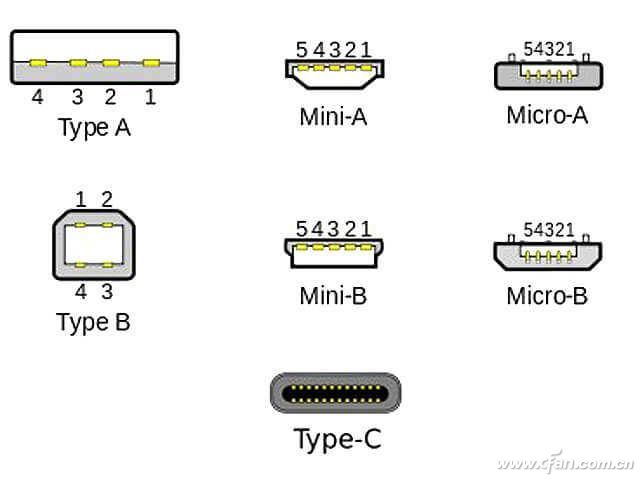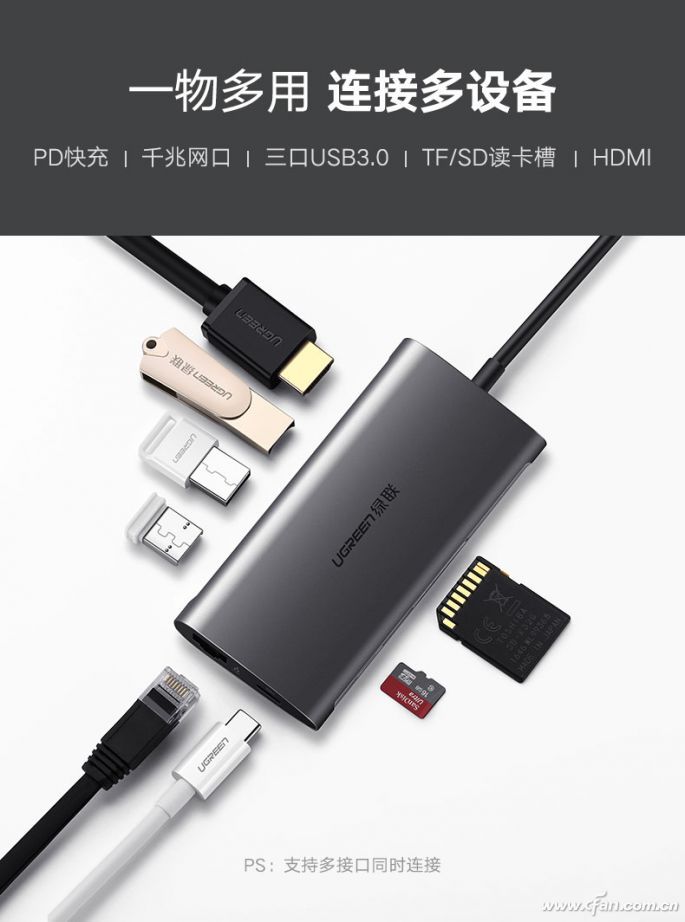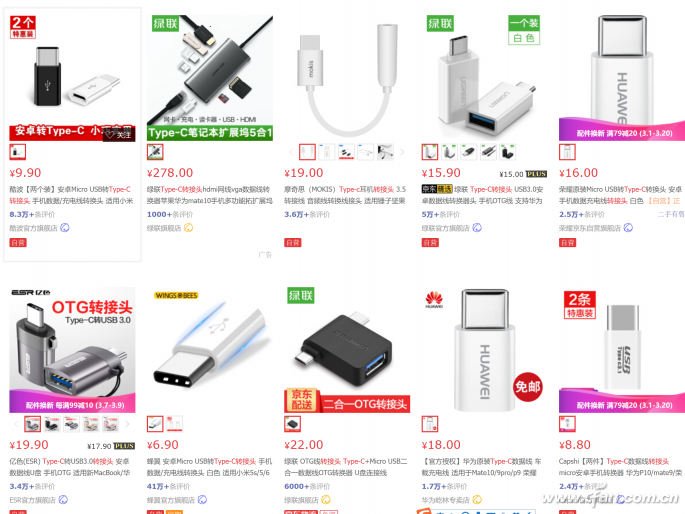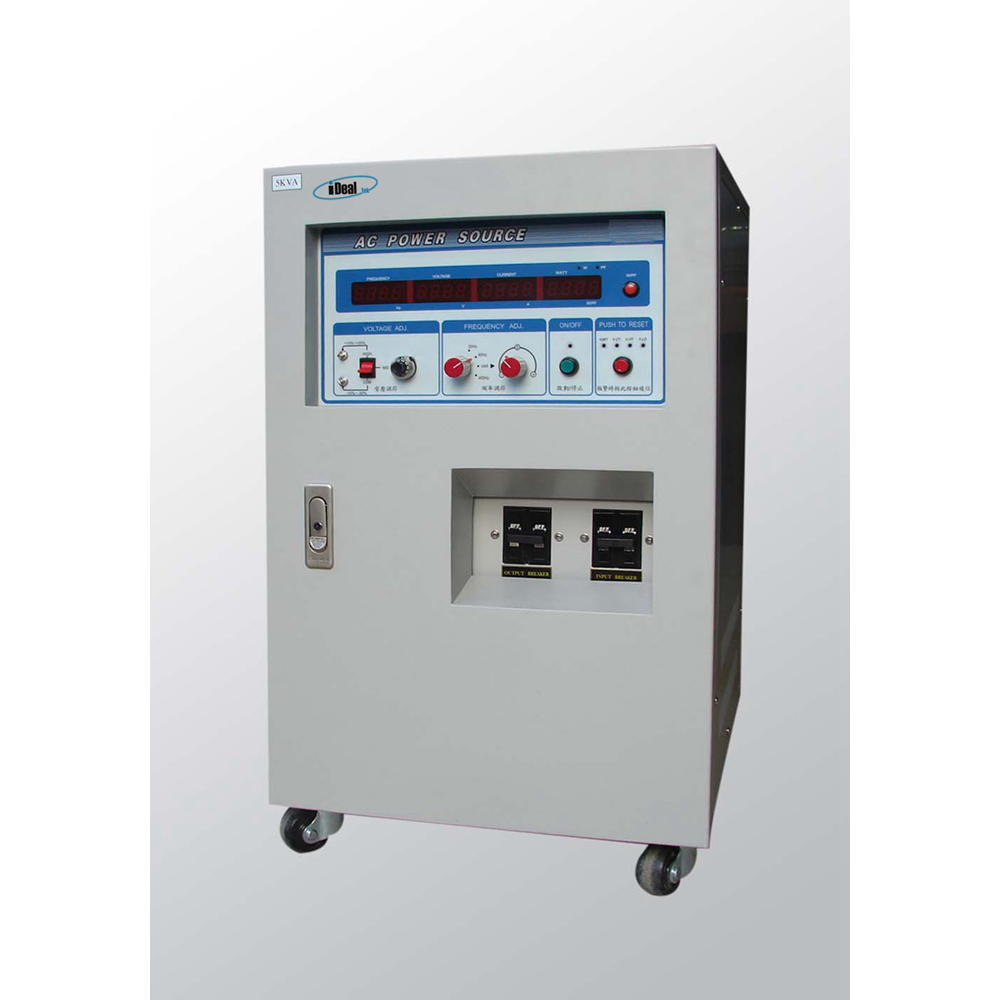With the increasing adoption of USB Type-C in smartphones and laptops, this versatile and compact interface has become a common feature. But do you really know what it is and whether you need it?
USB Type-C was introduced alongside USB 3.0/3.1, but it's more than just a new standard. It serves as a supplement to older USB Type-A and Type-B ports and is also backward compatible with USB 2.0 and even some non-USB protocols. This makes it a flexible option for a wide range of devices.

Currently, USB Type-C can deliver up to 100W (20V/5A) of power, which is more than enough for most thin and light laptops. Future upgrades may push this even further. Beyond power delivery, it supports HDMI, DisplayPort, and Thunderbolt protocols, making it a strong candidate to replace multiple external ports on modern devices.


USB Type-C also supports data transfer speeds of up to 10Gbps, allowing it to handle two 4K videos simultaneously. With the help of a hub, one USB Type-C port can support multiple USB 3.0 connections, video output, and data transfers at once. In the future, it’s possible that we’ll only need one cable—USB Type-C—to connect everything, simplifying our workspaces and travel bags.

While USB Type-C looks promising, many of its advanced features are only useful when connected to high-speed devices like USB 3.1 peripherals. For now, the ecosystem is still limited, so it's not always necessary to go for this interface. Some laptops only have a single USB Type-C port, which means users often need a dongle to connect regular USB devices, adding extra hassle. Additionally, current smartphones mostly use Micro USB or USB 2.0, which are cheaper and widely supported.

One important tip: When charging via USB Type-C, make sure your device and charger are compatible. Using a low-power adapter or a traditional USB-to-Type-C cable could result in slow or no charging. I once used a cheap converter and woke up to a low battery. Imagine being stuck with a dead phone during your morning commute—it's a real headache.
Intermediate Frequency AC Power Supplies
The IFP series is AC Power Supplies with a constant 400Hz output frequency and adjustable output voltage, based on the same technical principle as the adjustable AC power supplies of SPWM method, IGBT module design and D/A conversion technology. The difference is that the output frequency of the Intermediate Frequency AC Power Supplies is constant at 400 Hz, it is a replacement product of unit type variable frequency power supplies with higher output frequency accuracy and stability.

The output power of single-phase Intermediate Frequency AC Power Supplies ranges from 500VA to 200KVA, and the output power of three-phase Intermediate Frequency AC Power Supplies ranges from 3KVA to 600KVA. The output voltage of both types can be divided into 0 ~ 150Vac, 150 ~ 300Vac with 400Hz fixed output frequency. This series of AC power supplies are featured for high precision, stable output, high display resolution, low waveform distortion and complete protection functions.
Through the friendly operation panel, you can read the output data such as output voltage, output current, output power, power factor, etc., providing accurate data records for your test, and can add RS485 interfaces as standard, following the MODBUS-RTU international communication protocol, which can realize remote control and operating status monitoring of the power supplies, Currently, the Intermediate Frequency AC Power Supplies are mainly used for aircraft and mechanical equipment, radar, navigation and other military electronic equipment and other occasions that require 400Hz intermediate frequency output.
Intermediate Frequency AC Power Sources, 400Hz AC Power Supplies, 400Hz AC Power Sources, Middle Frequency AC Power Supplies, AC Power Supplies 400Hz
Yangzhou IdealTek Electronics Co., Ltd. , https://www.idealtekpower.com
![<?echo $_SERVER['SERVER_NAME'];?>](/template/twentyseventeen/skin/images/header.jpg)